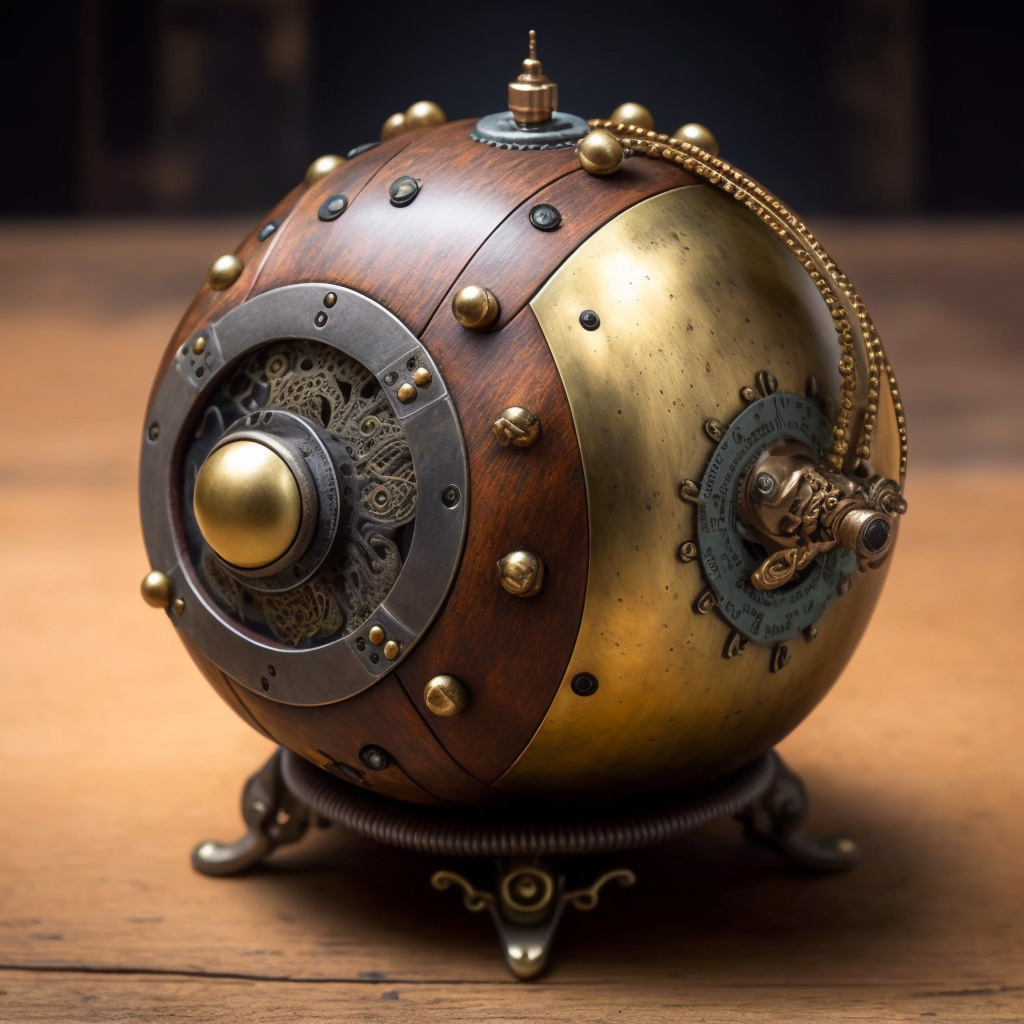
In science fiction, fantasy, thriller, mystery, and other genres, villains play a crucial role in driving the narrative. Their stories provide a counterpoint to the hero’s stories. Memorable antagonists should be well-rounded, and even sympathetic. At least, much of the time.
As an author of the niche steampunk western genre, I’d like to explore with you the art of writing steampunk western villains, including ideas that can help you create memorable foes for your stories. Writing memorable villains is a challenge, but one that’s worth the effort.
Understanding the Role of the Villain
A well-developed villain serves as more than just an obstacle for the protagonist. They should have their own goals, motivations, and conflicts that drive their actions. Consider their background, desires, and how they relate to the world you’ve created in your steampunk western setting.
In my series, The Adventures of Bodacious Creed, there are several antagonists. The driving factors behind their actions include psychopathy, fear, and greed. The main villain, Creed’s nemesis in the trilogy, is a savvy sociopath and narcissist who wants money and power, and doesn’t care whom he hurts, violates, or kills to get it.
Complex Motivations
To make sure you’re writing memorable villains, give them depth by providing them with complex motivations that go beyond simple notions of good and evil. Explore their past, personal struggles, or ideals that have led them down the path of villainy. This will make them more relatable and multi-dimensional to readers.
Moral Ambiguity
Steampunk western villains can blur the lines between right and wrong. Introduce shades of gray into their actions, allowing readers to question their own moral compass. This moral ambiguity can create intrigue and add depth to your villains.
Technology may be at the center of their criminal activities. This is steampunk, after all, a retrofuturistic genre that imagines a past where technology advanced quickly, typically in the 1800s to about 1920. This certainly plays a big part in my own novels.

Unique and Memorable Traits
Make your villains stand out by giving them unique and memorable characteristics. These could be physical attributes, quirks, or specific skills that set them apart from other characters. Emphasize these traits to make them more distinctive in the readers’ minds.
It’s fun to come up with characters that you normally wouldn’t think of. Look for pictures of random people online, or go people watching at a cafe, and see if that sparks any ideas. You may see looks that normally wouldn’t come to mind, but that inspire you to create a unique character, villain or not. There are also books available for writers with lists of character traits that can help expand your imagination.
Counterbalance to the Protagonist
Consider how your villain can complement or challenge the strengths and weaknesses of your protagonist. A engaging antagonist brings out the best or worst in the main character, creating more resonance in the story.
Engaging Backstory
Why is your villain the way they are? Why do they want things that are obviously hurting others? Craft a compelling backstory that reveals their motivations and influences their actions. You don’t have to reveal everything about their past in the story, though some hints can enhance the narrative. When you understand their formative experiences, personal tragedies, or defining moments, you’ll write them more convincingly.

Powerful Gadgets
I mentioned that a steampunk villain will use the era’s emerging technology, or perhaps be affected by it. So, incorporate steampunk elements into your villains’ arsenals. Equip them with advanced technologies, unique gadgets, or even clockwork enhancements that amplify their abilities. These tools can make them formidable adversaries and add to the overall steampunk atmosphere of your story.
In my series, the criminal organization has a variety of gadgets at their disposal that make them a real pain for the heroes.
Psychological Depth
To explore the psychological aspects of your villains, develop their fears, insecurities, or psychological wounds. These things drive their actions, and knowing about them can help you make them more intriguing to readers.
Formidable Challenges
Craft scenes in which your antagonists present formidable challenges to the heroes. Design confrontations that test the protagonists’ skills, morality, and determination. Allow your villains to be a force to be reckoned with, increasing tension and suspense in the story.
You’re closer to seriously writing memorable villains! What’s next?
Redemption or Tragic Endings
Consider the fate of your villains. Will they find redemption or face a tragic end? Exploring the consequences of their actions can add depth to their character arcs and leave a lasting impact on readers.
If you choose a redemption arc, don’t make their conversion sudden. They should go through a lot that tests and challenges their behavior, so that through great difficulties, they come to see the world, and their actions, differently.
Writing memorable villans requires careful consideration of their motivations, traits, and the dynamic they bring to the story. And steampunk western villains need traits, motivations, and tools that fit into the genre. You want multi-dimensional characters with complex backstories. That way, you can elevate your antagonists to a level that engages readers and leaves a lasting impression. Remember, a compelling villain is not just an adversary but a key ingredient in driving the narrative and making your steampunk western world come alive.
“One may smile, and smile, and be a villain.” ~ William Shakespeare